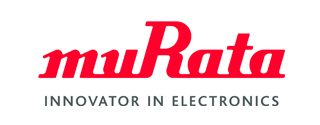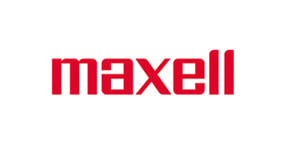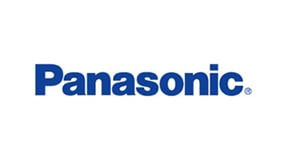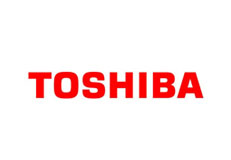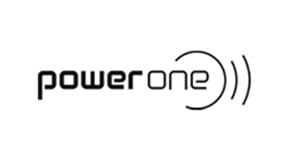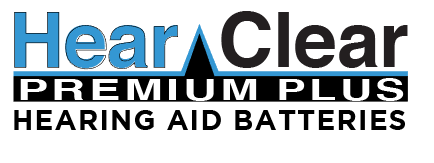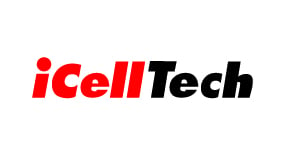Making sense of battery certification symbols
We have all encountered the universally recognized certification symbols that appear on virtually all consumer products. Through our constant exposure to them, many of us are desensitized to these imprints, or are simply unaware of their meaning or significance to us. Some of us may even perceive them as irrelevant. The fact is, they are inarguably relevant, and particularly to our purchase decisions regarding electronic equipment, electrical devices, and power supplies such as batteries.
In this article, we’ll review the significance of some of the more frequent certification listing marks commonly imprinted on batteries or their packaging.
Certification imprints
Certification listings on your battery packaging indicate that they have either been rigorously tested to meet the high standards of recognized testing laboratories, or that they meet stringent requirements to be manufactured or sold in specific geographic regions. Although many of the testing standards are similar, each mark corresponds to laboratory or organization-specific criteria. Sometimes, imprinted certifications will have OSHA (Occupational Safety and Health Administration) accepted alternatives that have the similar or higher standards.
Below are some of the more common certifying authority imprints you are likely to see.
The UL listing mark
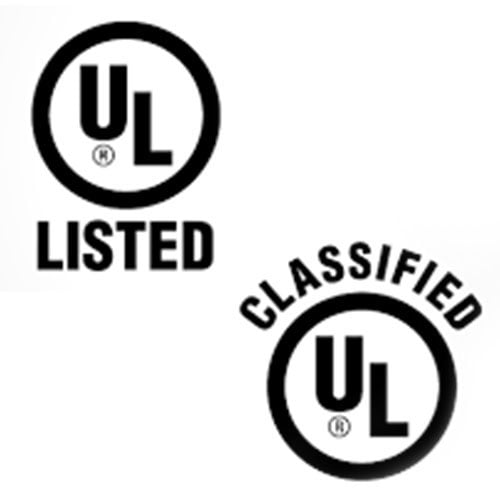
This mark signifies that the imprinted battery or product has been tested by and has met the strict requirements of Underwriters Laboratories and its nationally recognized Standards for Safety. Certification can be verified through online UL directories. Battery packages and other products bearing UL certification are subject to UL’s follow-up program to ensure that the products continue to be manufactured in adherence to its safety requirements. End products that comprise complete components suitable for factory and field installation can qualify to bear UL certification. Apart from batteries, UL certification is most frequently found on appliances, computer equipment, electrical and electronic equipment, and safety products such as alarms, fire extinguishers, and other products for which consumer security is critical.
CE mark of European conformity
Products sold within the European Economic Area (EEA) are required to bear the CE mark. The imprint is an acronym of a French phrase, Conformité Européenne, or ‘European Conformity’. It signifies that it is compliant with European Union legislation and permitted to move within its 28 charter countries and the European Free Trade Association (EFTA) which consists of Liechtenstein, Norway, and Iceland. A battery or any product manufactured with intent for trade throughout EEA and EFTA must comply with CE standards irrespective to the manufacturer’s country of origin.
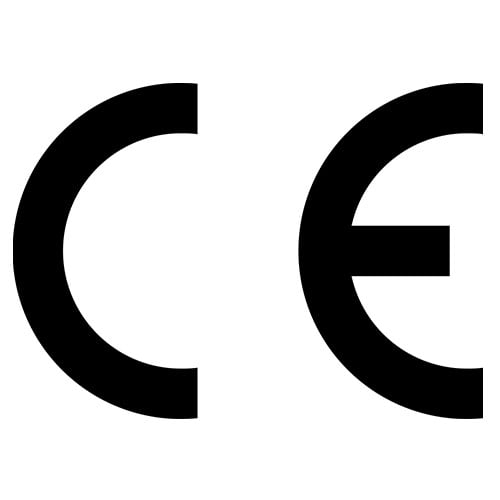
A CE endorsement on a battery or its package signifies that:
- The battery has been assessed prior to entering the marketplace; and that
- The battery satisfies legislative requirement for trade; and that
- The battery complies with environmental, health, safety, and other outlined directives; and that
- The manufacturer has had the battery assessed by an independent conformity verification body.
The responsibility for the conformity examination, declaration, and imprinting of the CE mark lies with the manufacturer; distributors are responsible for checking that the product bears the CE marking and verifying its supporting documentation. In cases where the product is imported to the EU, the importer is required to ensure that the manufacturer has complied with CE requirements and that the documentation is available.
The FCC label of the US Federal Communications Commission
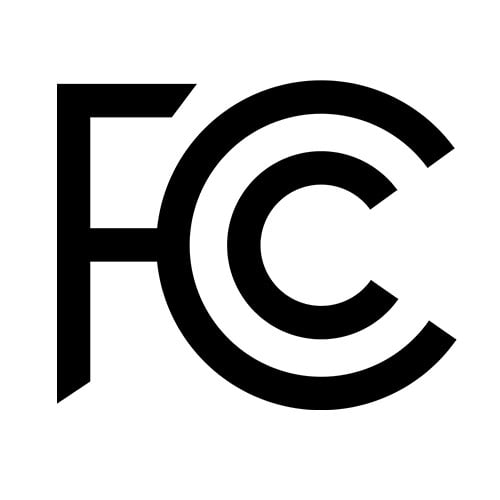
The Communications Act of 1934 established the Federal Communication Commission (FCC) to regulate interstate and international communications by wire, radio, television cable, and satellite. Federal Communication Commission certification is required for any electronic products that are manufactured or traded in the United States. Batteries and other products bearing this imprint certify that they meet FCC standards for acceptable electromagnetic interference levels. Any product manufactured outside the United States, with intention of primary trade within its borders, is required to bear the FCC mark.
The Canadian-issued CSA mark
Electrical, mechanical, and a range of other products, including batteries and power supplies, can be tested and certified by the Canadian Standards Association Group (CSA). CSA imprint marks are found on billions of products and are recognized in the United States and globally. A CSA certification is not only an endorsement of a product having met its own applicable testing standards, but also the stringent standardization criteria of other renowned certifying organizations including Underwriters Laboratories (UL), American National Standards Institute (ANSI), and NSF International. The prominence of the CSA and the regard held for it by the United States is made clear with OSHA’s recognition and acceptance of the CSA-US mark in lieu of the more standard UL certification.
The ETL mark of Intertek Testing Services (ITS)
The ETL mark is proof of product compliance to North American safety standards. OSHA regulations qualify it as a substitute for Underwriters Laboratories (UL) and recognize it as a Nationally Recognized Testing Laboratory (NTRL). Similarly, the Standards Council of Canada accredits it as a Testing Organization and Certification Body. The ETL listing mark endorses batteries and other products for quality, safety, and performance through its independent testing. Periodic follow-up inspections are required to be carried out to ensure that any imprinted products continue to comply with its standards.
Further reading:
Need-to-know battery technical terms in plain English
Learn what is meant by a handful of terms often used in descriptions to effectively compare and shop for your battery needs; terms like battery energy density, self-discharge, cell voltage range, and more.
ANSI and IEC battery standardization nomenclature
Review basic IEC and ANSA nomenclature that can help determine battery interchangeability when shopping for replacements.
